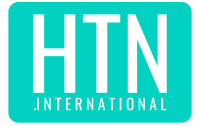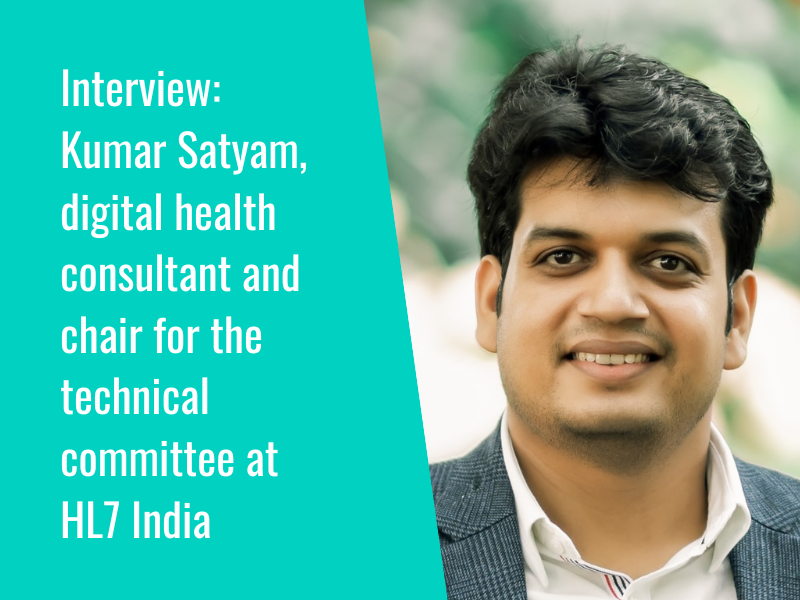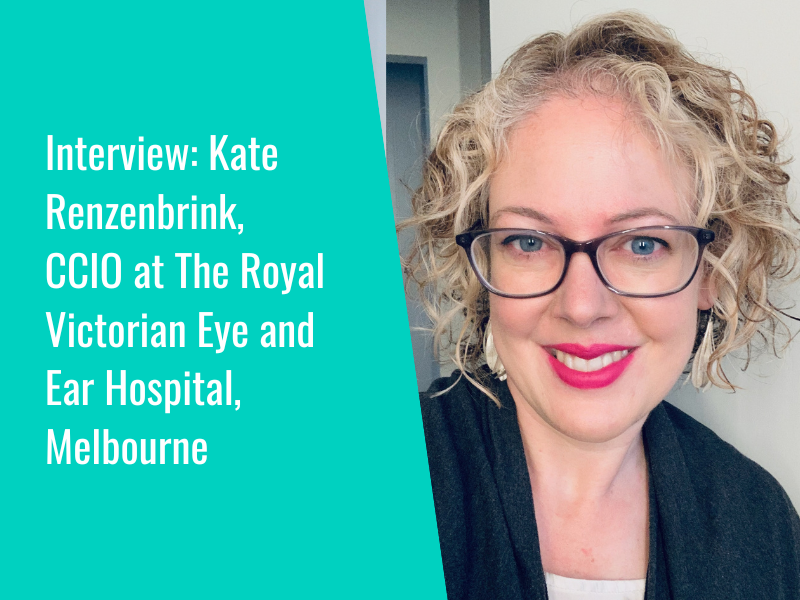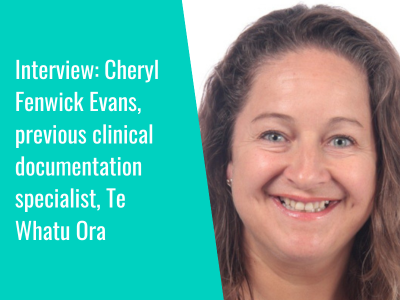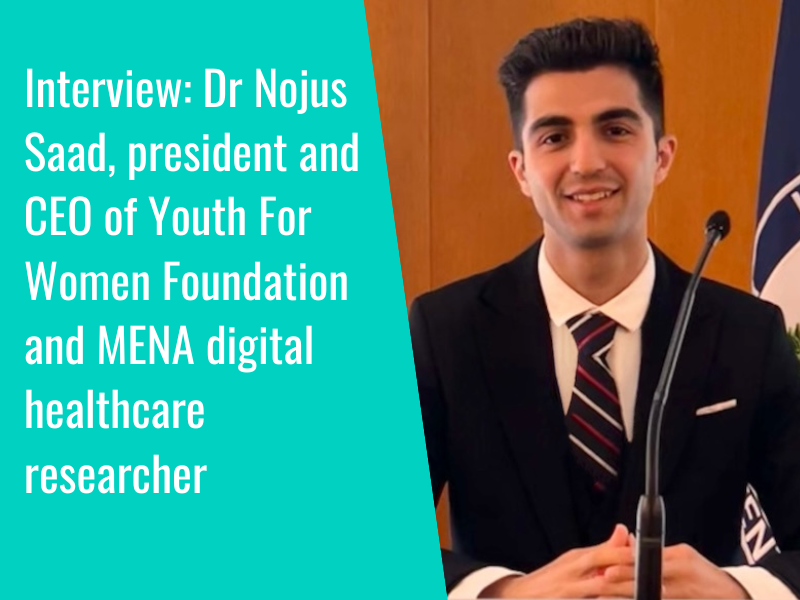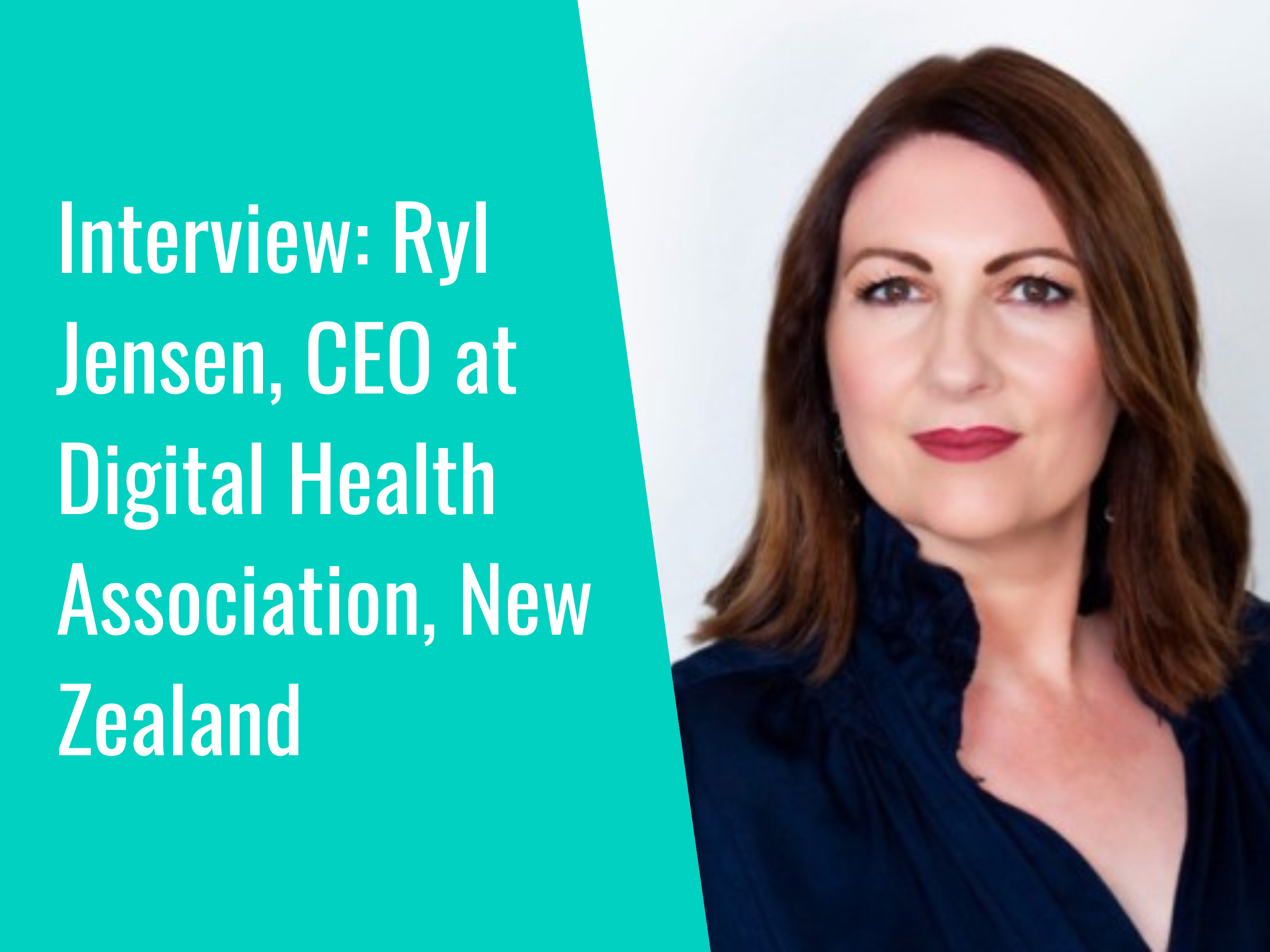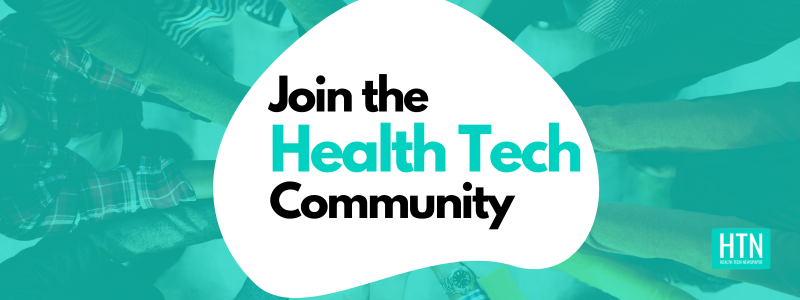NZ Telehealth has published ‘The Aotearoa New Zealand Remote Patient Monitoring Guide 2023’, intended as a guide for healthcare providers and suppliers looking to implement remote patient monitoring (RPM) solutions and setting out general guidelines, current working models, an RPM checklist and lessons learned.
On current working models in New Zealand, one example is the inclusion of RPM in a diabetes integrated team. The model includes glucose monitoring devices, point-of-care testers for uric acid to identify gout, a foot protection smart mat designed to help identify diabetic foot ulcers, and diabetes reality software capable of connecting devices and data to send onto the team.
Another example is a symptom-collecting app that has been used to support rural populations in accessing healthcare. The app, trialled by Hawke’s Bay GP, enables patients to share symptoms before their consultation and offers three interfaces for reporting symptoms and booking appointments and monitoring long-term conditions, along with a clinician interface for reviewing notes, checking stats and providing feedback to patients.
The guidance goes on to highlight six “foundational dimensions” which should be taken into consideration when implementing RPM solutions: care setting, technology, software, operating environment, stakeholders, and maintenance and sustainability. It then outlines general guidelines “based on general learnings that have been gained from the implementation of RPM in Aotearoa New Zealand and the literature”, dividing them into ‘technical’ and ‘people’ categories.
Technical learnings include ensuring hardware controls for connectivity in smartphone and tablet software and reducing the chance of switching the app off accidentally; the need to consider battery endurance and its suitability for the client’s needs; following security and data privacy guidelines as set out in published frameworks and guidance; and ensuring that devices are reviewed by appropriate experts to ensure that they adhere to New Zealand’s standards and that research supporting their use is thoroughly examined.
On people, the guidelines highlight the need to consider the use of the RPM solution as part of a clinically led model of care, support to prevent digital exclusion; appropriate selection of patients for RPM; confidence of healthcare providers and patients in operating RPM devices; and the inclusion of functionality within RPM devices to ensure support networks are informed.
To read the guide in full, please click here.
Interested in more global digital health news? Last month Samsung Electronics announced the launch of its new Open Innovation Initiative, in collaboration with MIT, Brigham & Women’s Hospital, Tulane University School of Medicine, and Samsung Medical Center.
The WHO also announced that it will be launching a new Global Initiative on Digital Health (GIDH), which will support the implementation of the Global Strategy on Digital Health 2020–2025.
- 1
- 2
